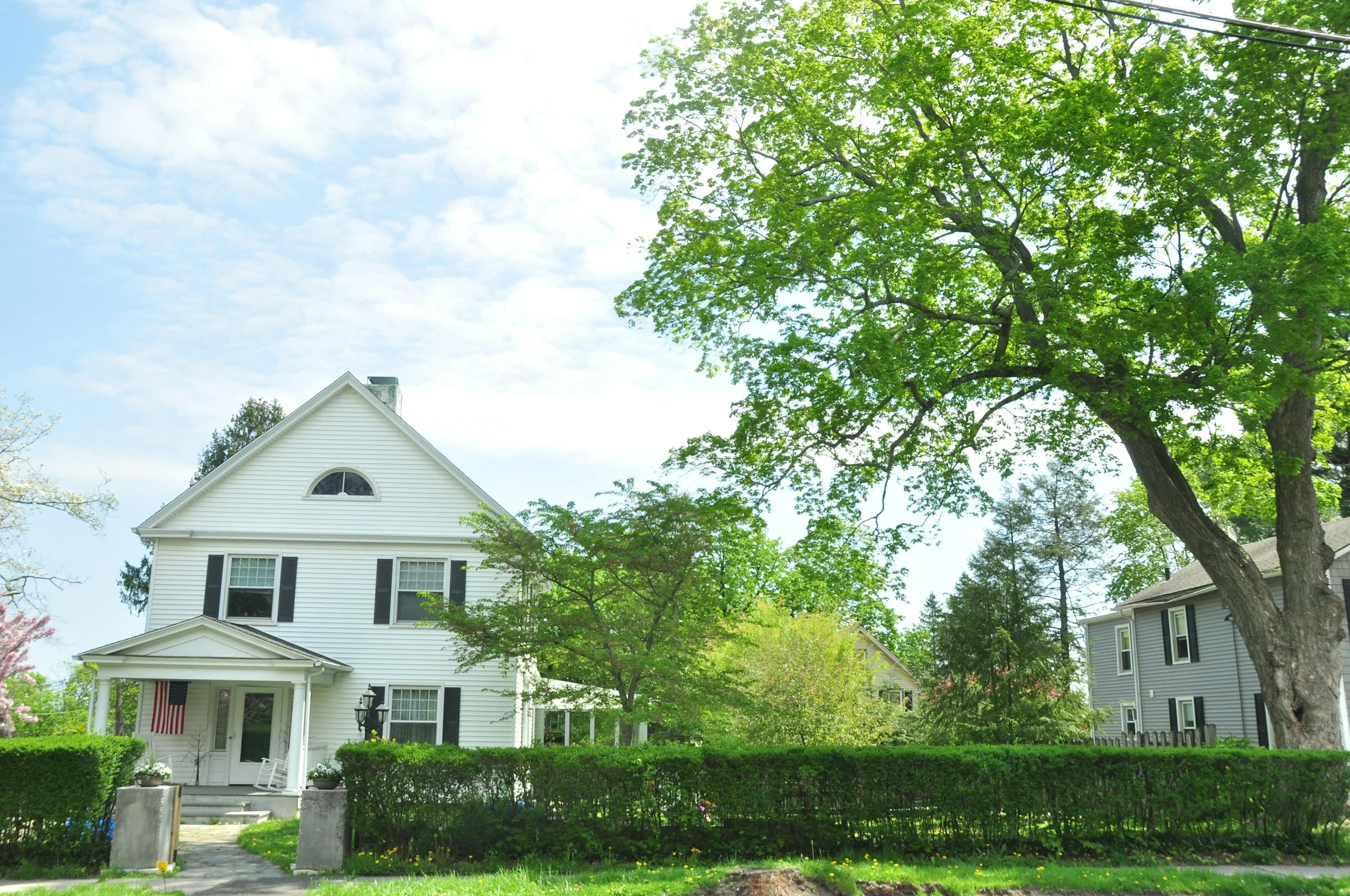The Best Time to Prune Trees in the Mid-Willamette Valley & How to Choose a Professional Service
Oregon’s Mid-Willamette Valley is known for its rich soils, diverse climate, and abundant tree canopy. From towering firs to elegant oaks, the region’s trees provide shade, beauty, and environmental benefits to homeowners and communities alike. However, proper tree care—especially pruning—is essential to maintain tree health, prevent hazards, and encourage optimal growth.
While pruning may seem straightforward, it requires careful timing and technique. Pruning at the wrong time or using improper methods can cause stress, disease susceptibility, and even permanent damage. Additionally, hiring a qualified tree service ensures the job is done safely and professionally.
When to Prune Trees in Oregon
n the Mid-Willamette Valley, pruning schedules depend on tree species, growth cycles, and climate conditions. The valley experiences a temperate climate with wet, mild winters and dry, warm summers, which influences the best timing for pruning.
Deciduous Trees (Maple, Oak, Birch, Ash, etc.)
Deciduous trees shed their leaves in the fall, making late winter to early spring (January–March) the ideal pruning window. During this dormant season, the absence of leaves allows arborists to better assess the tree’s structure, making it easier to identify dead, weak, or crossing branches. Additionally, pruning before spring growth minimizes stress and promotes strong new growth.
For oak trees specifically, pruning should be done in late fall or winter to reduce the risk of oak wilt—a fungal disease that can enter through fresh pruning cuts. Similarly, maples and birches are best pruned in late winter to avoid excessive sap flow, which, while not harmful, can be messy.
Evergreens (Douglas Fir, Western Red Cedar, Spruce, Pine, etc.)
Evergreen trees require less frequent pruning than deciduous trees, but occasional maintenance helps improve their shape and structure. Light pruning to remove dead or damaged branches can be done anytime, but major pruning should be limited to late winter or early spring before new growth begins.
For pine trees, it's crucial to prune only in late spring to early summer when they are actively growing. Pruning pines at other times can expose them to bark beetles and other pests, which are prevalent in Oregon’s forested areas.
Fruit Trees (Apple, Pear, Cherry, etc.)
The Mid-Willamette Valley’s agricultural history includes many fruit orchards, and backyard fruit trees remain popular among homeowners. Pruning fruit trees in late winter to early spring (January–March) encourages strong fruit production by opening up the canopy for better air circulation and sunlight penetration.
However, summer pruning (after the main growth period) can be beneficial for controlling size and thinning excess fruit-bearing wood. Avoid fall pruning, as it can stimulate late-season growth that is vulnerable to frost damage.
Ornamental Trees & Shrubs
Flowering trees and shrubs, such as dogwood, magnolia, and lilac, require pruning based on their bloom cycles. Trees that bloom in spring should be pruned right after flowering to prevent cutting off next year’s buds. Late-season bloomers, such as crepe myrtles, can be pruned in late winter before new growth starts.
Why Proper Pruning Matters
Pruning is not just about aesthetics—it’s essential for tree health and safety. Key benefits of proper pruning include:
Encouraging Healthy Growth: Removing dead or diseased branches allows trees to allocate energy to healthy new growth.
Preventing Disease & Pests: Pruning improves airflow, reducing the risk of fungal infections and pest infestations.
Enhancing Safety: Removing weak or overhanging branches prevents damage from storms, high winds, or heavy snow.
Improving Structure & Appearance: Well-pruned trees have a balanced structure that enhances curb appeal and property value.
How to Choose a Professional Tree Pruning Service in the Mid-Willamette Valley
While DIY pruning is an option for small trees, larger trees require professional expertise to ensure safety and proper technique. Choosing the right tree care company is crucial for getting quality work done without harming your trees or property.
1. Verify Licensing & Insurance
Oregon requires professional tree service providers to be licensed, bonded, and insured. Make sure the company you hire has:
An Oregon Construction Contractors Board (CCB) license if they offer tree removal.
ISA (International Society of Arboriculture) certification, which ensures training in proper pruning techniques.
Workers’ compensation and liability insurance to protect you in case of accidents.
2. Research Reputation & Experience
Look for companies with a strong reputation in the Mid-Willamette Valley. Reading online reviews, checking with the Better Business Bureau, and asking for references can help you find a trusted professional. Local experience is particularly important, as tree species, soil conditions, and climate factors vary across Oregon.
3. Get a Written Estimate
A reputable tree care company should provide a detailed written estimate outlining the scope of work, costs, and timeframe. Be wary of companies that give vague quotes or demand full payment upfront.
4. Avoid Harmful Pruning Practices
Beware of companies that suggest tree topping, which involves cutting large sections off the top of a tree. This outdated practice weakens trees, making them more susceptible to disease, decay, and structural failure. Instead, look for companies that follow ANSI A300 pruning standards, which emphasize selective pruning techniques like crown thinning, raising, and cleaning.
5. Ensure Safety Standards Are Met
Tree pruning can be dangerous, especially for large trees or those near power lines. Ask if the company follows OSHA safety guidelines and provides proper protective gear for its crew. Additionally, confirm that they use proper climbing techniques and equipment rather than spiked boots, which can injure tree bark.
Local Considerations in the Mid-Willamette Valley
The Mid-Willamette Valley’s unique climate and geography create some special considerations for tree pruning:
Heavy Winter Rain & Wind: Winter storms can weaken branches, making post-storm inspections important for detecting damage.
Fire Prevention: In rural areas or near forests, strategic pruning can reduce wildfire risk by eliminating ladder fuels and deadwood.
Urban Growth Boundaries: Cities like Salem, Corvallis, and Albany have tree ordinances regulating pruning for street trees and heritage trees. Always check with local city or county regulations before pruning trees in public spaces.
Royal Tree Service: Your Trusted Experts in Tree Pruning
At Royal Tree Service, we take tree care seriously and follow all industry best practices to ensure the health, safety, and beauty of your trees. Our team adheres to the pruning standards set by the International Society of Arboriculture (ISA), ensuring that all cuts are made with precision and care to promote optimal tree growth and structure.
We also stay up to date with local ordinances and regulations in every county and city we serve. Before performing any pruning or tree work, we check all municipal guidelines to ensure compliance with tree protection laws, heritage tree regulations, and urban forestry policies.
Whether your property is in Salem, Corvallis, Albany, or surrounding areas, you can trust us to handle your tree care needs professionally and legally. With Royal Tree Service, you get expert pruning that enhances tree health while following all required standards and local rules.


